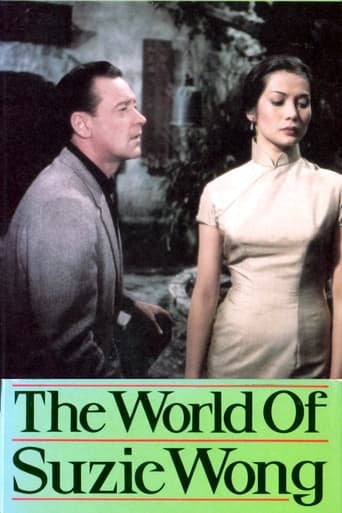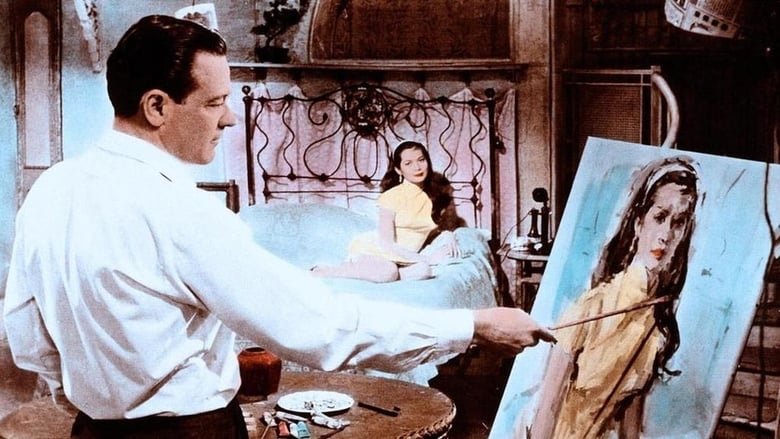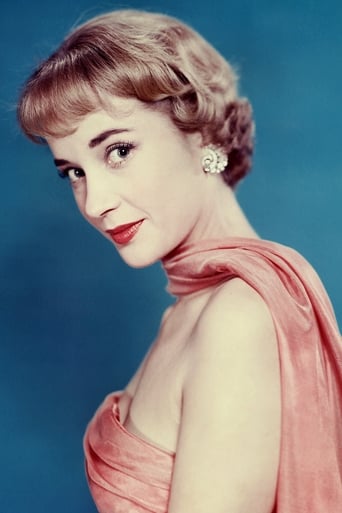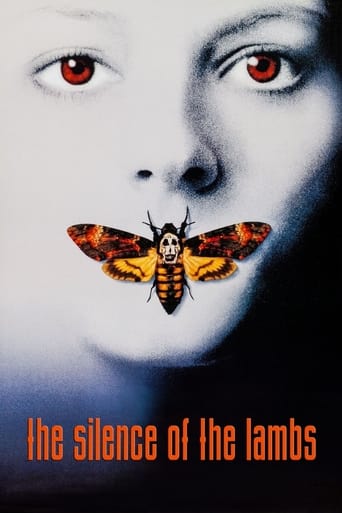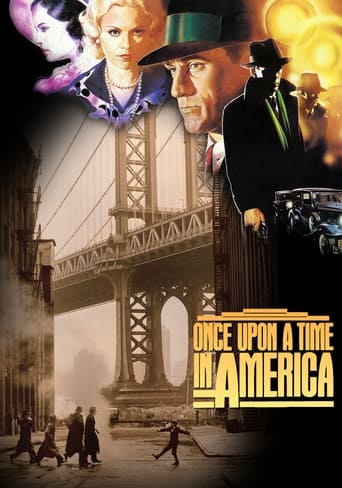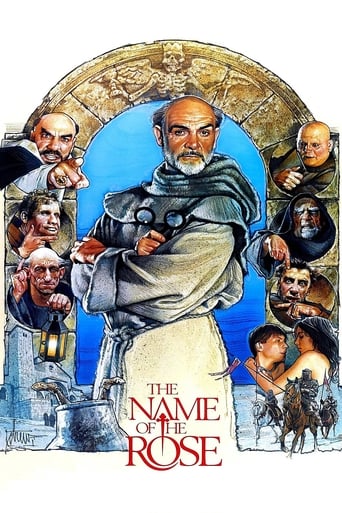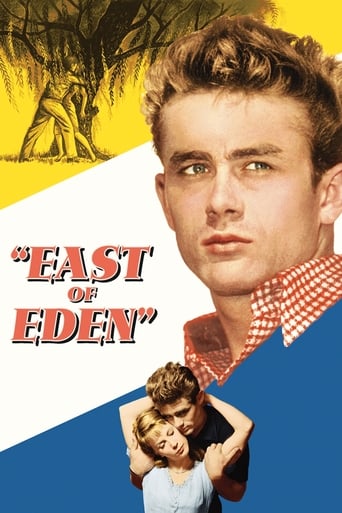The World of Suzie Wong (1960)
A Hong Kong prostitute tries modeling and falls for the artist who's painting her.
Watch Trailer
Cast
Similar titles
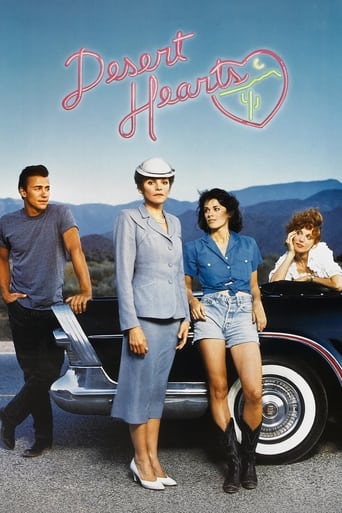
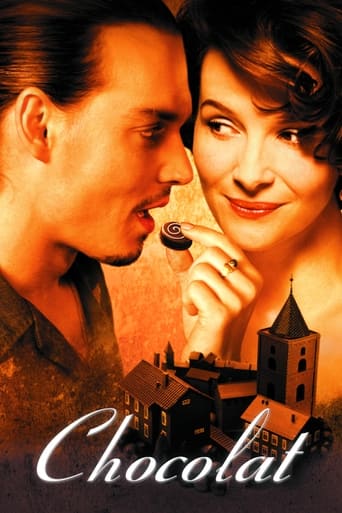
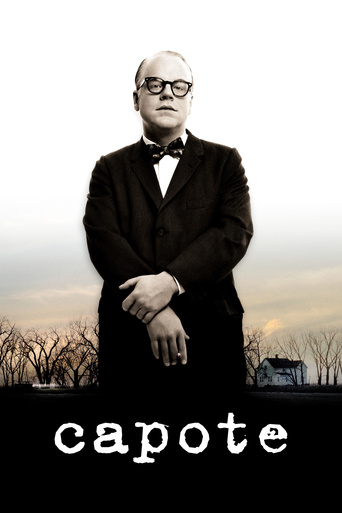
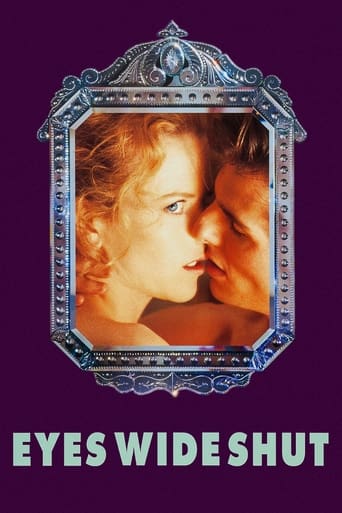
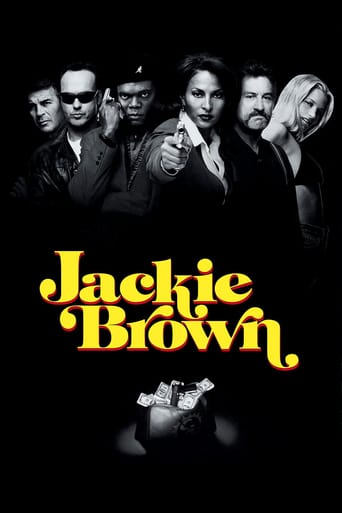
Reviews
best movie i've ever seen.
As Good As It Gets
I enjoyed watching this film and would recommend other to give it a try , (as I am) but this movie, although enjoyable to watch due to the better than average acting fails to add anything new to its storyline that is all too familiar to these types of movies.
It is neither dumb nor smart enough to be fun, and spends way too much time with its boring human characters.
I remember The World Of Suzie Wong but had never seen it. I dug it up because I am planning a 2016 trip to Hong Kong, and that is where this story takes place. I was 14 in 1960, and this movie would have been over my head. William Holden is an American architect who wants to become a painter. He goes to Hong Kong to pursue his dream and gets in with Nancy Kwan as Suzie Wong. She is a prostitute, although we have to read between the lines. I was more interested in the city than I was in the drama that ensued between Holden and Kwan. It comes out toward the end that Suzie has a baby, which ultimately dies in a flood. I felt like the story had to kill off her baby so Holden and Suzie would be free to marry and have one of their own. It was good to see an older man get the girl.
Robert (William Holden) was a success in the business world but found it unfulfilling. Thus, he made what could be called a major life change! Moving to Hong Kong so he can devote himself to his real goal, making it as an oil painter, he can only afford to rent digs in a cheap hotel. All too soon he discovers that the native call girls of the city meet their American or European beaux in the same place! One absolutely lovely gal is Suzie Wong (Nancy Kwan) who catches Robert's eye and visa versa. But, since Robert is comparatively poor at the moment and Suzie must make ends meet for herself and her family, the situation becomes rather sticky. A romance between the two is out, so a friendship develops. However, the more time they spend with one another, the more their hearts become entwined. Soon, Robert doesn't want Suzie to see any other men but him yet, if she doesn't, she will fall on hard times. Even then, when Robert does take Suzie out to a restaurant, the native wait staff and other "high society" Caucasians make fun of the two together, for they know what her profession is. Will love still triumph? The powers that be in sixties television must have gotten this film cheaply, for it was on quite a bit of the time. As such, my sisters and I really adored the movie, having seen Kwan in Flower Drum Song and admiring her beauty. Because the call girl angle is truly subtle, it took awhile for us to really understand the big picture. We saw it more as a romance between two people from different worlds, which it also is. As the two principals, Holden and Kwan make for a great couple while the scenery, costumes, and photography from Hong Kong are also a treat. Meanwhile, the script displays a touching tale of socially forbidden love while the direction sensitively deals with a rather difficult subject. Therefore, if you see the late, late show is featuring this flick, don't miss out. Even 50 years later, it is still a romantic and entertaining view.
The setting is Hong Kong in the late fifties The film tells the story of a bittersweet love affair between an American architect who has decided to try painting and a wonderful Asian girl who uses with vigor and diligence her essentially dirty trade in a turmoil of mischievous fantasy Suzie Wong (Nancy Kwan), attracted to Robert Lomax (Holden), offers to be his "steady girlfriend," but a world-weary Lomax informs her that he has had enough of love and wants only to paint Paint he does, and the irresistible hooker, appointed as a model, appears in his work in a variety of poses A compassionate Lomax suddenly realizes he loves her and takes her as his mistress There are comic moments in Richard Quine's movie concerning the lies Suzie relates to win the respect of her prostitute friends and her drunken admirer, Ben (Michael Wilding). Nancy Kwan in her film's debut displays a large range of feelings, alternating hardness, affection, and affinity
American William Holden, as former architect turned struggling artist, Robert Lomax, a cynic who's "pushing forty," arrives in 1960 Hong Kong to make a valiant effort for his art. He's never been there and has no idea what to expect. On the ferry boat to Kowloon, he has a sort of altercation with the very young & attractive Nancy Kwan, who claims to be named "Mei Li," a very proper young lady about to enter into an arranged marriage set up by her wealthy father. Shortly before reluctantly introducing herself, she also almost manages to have Robert arrested by claiming he's a purse snatcher, which, judging from her mirthful expression, she does for the sheer entertainment value of the situation.Robert, completely lost and not particularly wealthy, soon makes his way to the Wan Chai district, and, in his naivete as American abroad, fails to realize he's entered the main prostitution district in the city. His journey to the seedy hotel where he sets up shop as artist would be one of the highlights of the film: Robert's amazement and confusion at the bustling, vibrant city that has become his new home come across nicely. In many ways, the brilliant cinematography and camera work turn the city of Hong Kong itself into the unacknowledged third star of the film. However, it's a very different Hong Kong than now: very much a British colonial post, and, in segments of the neighborhoods, almost a Third World city.Unfortunately, once Robert reaches the hotel, the movie loses much realism, and we've plainly entered a 1950's Hollywood set version of Hong Kong, complete with cartoonish prostitutes and Brit sailors on leave. It turns out that prim-and-proper Mei Li's none other than "very popular" Wan Chai "girl" Suzie Wong. There are some very dated scenes that follow, although actress Jacqui Chan's charming in an off kilter way as bar girl Gwennie Lee. Nancy Kwan vamps and spouts much pidgin English and says "for goodness' sake" about 500 times in a row. Fortunately, Robert, Suzie, and the camera eventually hit the streets of actual Hong Kong again.Then, something odd happens with this film, bit by bit. The movie focuses more and more on Robert and Suzie as a couple, and, bit by bit, Suzie becomes less of a stereotypical bar girl and more and more of a human being who behaves unexpectedly. It turns out that she has developed a persona for herself, a very manipulative, successful one, that's given her an edge in a very harsh city for abandoned young women. She has an active fantasy life, that's enabled her to separate herself psychologically from the more sordid aspects of what she's done in order to survive. Robert too, becomes less and less Joe Gillis, Jr. (for those of you who've seen Holden in SUNSET BLVD. from a decade earlier), a one-note, crabby cynic with a paternalistic attitude towards Suzie, and more and more a human being who's in love. He shows this most plainly when he finds out that Suzie has an infant son, and Robert accepts little Winston affectionately as his own. In a complex way, Suzie, and also little Winston, act as muses for Robert, and his own art becomes more inspired and interesting because of them. Suzie also benefits from her love for Robert and shows some real emotion for him rather than her usual play acting.This is where I find the movie interesting, as it depicts, much more realistically than one might expect in 1960, the dimensions of a biracial, bicultural couple's life together. Although Robert has made contact with the British elite in the city and needs them for patronage for his art, he's never really comfortable with them or their patronizing, mildly racist way of observing the Chinese. Kay O'Neill (actress Sylvia Syms), the daughter of a well-placed British banker, falls for Robert, but he doesn't really feel any emotion for her as he does for Suzie. Of course, she can't believe Robert would really prefer Suzie to her. When he announces he's thinking of marrying Suzie, Kay's father says that, of course, he could never hire someone in those circumstances. The rest of the Brits more talk around Suzie than to her whenever she's present. Likewise, most of the Chinese, while polite with Robert, don't know quite what to make of him, either, and he seems to do better either with Suzie as intermediary or because her friends help him along. It's obvious too that sometimes cultural miscues cause Suzie and Robert to misunderstand one another. This leads to the beginning of the climax of the film, which is somewhat tragic. No doubt, this has been a controversial film. In the past, many Asian-American studies professors seemed to grow livid at the mention of it. This was supposed to be the ne plus ultra (or maybe the nadir, instead) for stereotypical portrayals of all Asian women as submissive little China doll characters or bar girls. There is some of that there (although much less than in most other 1950's-early 1960's American films), but, as I'd noted, the interesting thing's how the stereotype turns out to be a fake, something created for the advantage (if that's the word) of the heroine for relating to foreigners. It's also interesting how the genuine romance, one based on a sort of mutual respect between Robert and Suzie, becomes more important. Most interesting of all's the portrayal (that mostly rings true) of a biracial, bicultural romance between two human beings. As someone involved in such a relationship for many years, I found myself giving the film an extra star for this "rightness" alone.Plus, if nothing else, this movie's a terrific time capsule/travelogue of Hong Kong, as it was never so brilliantly captured elsewhere on screen in that era.
